

| Online: | |
| Visits: | |
| Stories: |

| Story Views | |
| Now: | |
| Last Hour: | |
| Last 24 Hours: | |
| Total: | |
S. Sudan: 4 in 10 Are ‘Food Insecure’, 360,000 Children ‘Severely Malnourished’
(Before It's News) 14 December 2016 (UNICEF – Photography and social change)* – More than 4 million people — close to 40 percent of the population — are food insecure and the world’s youngest country is facing a crisis of malnutrition among children, according to UNICEF. In seven out of the country’s 10 states, more than 15 percent of the population is malnourished — which is above the global emergency threshold, it adds. An estimate 360,000 children under five years are suffering from severe acute malnutrition.
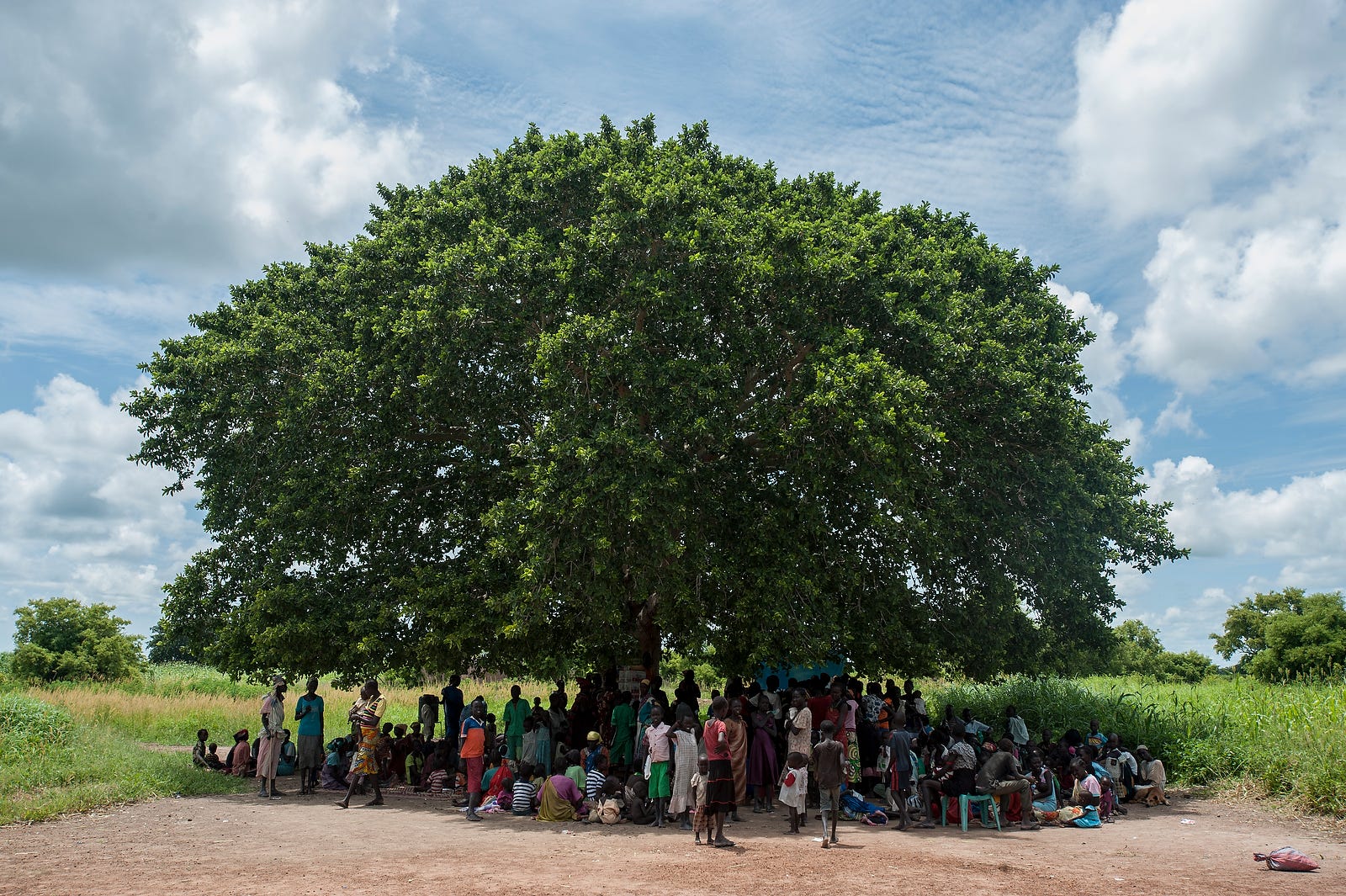
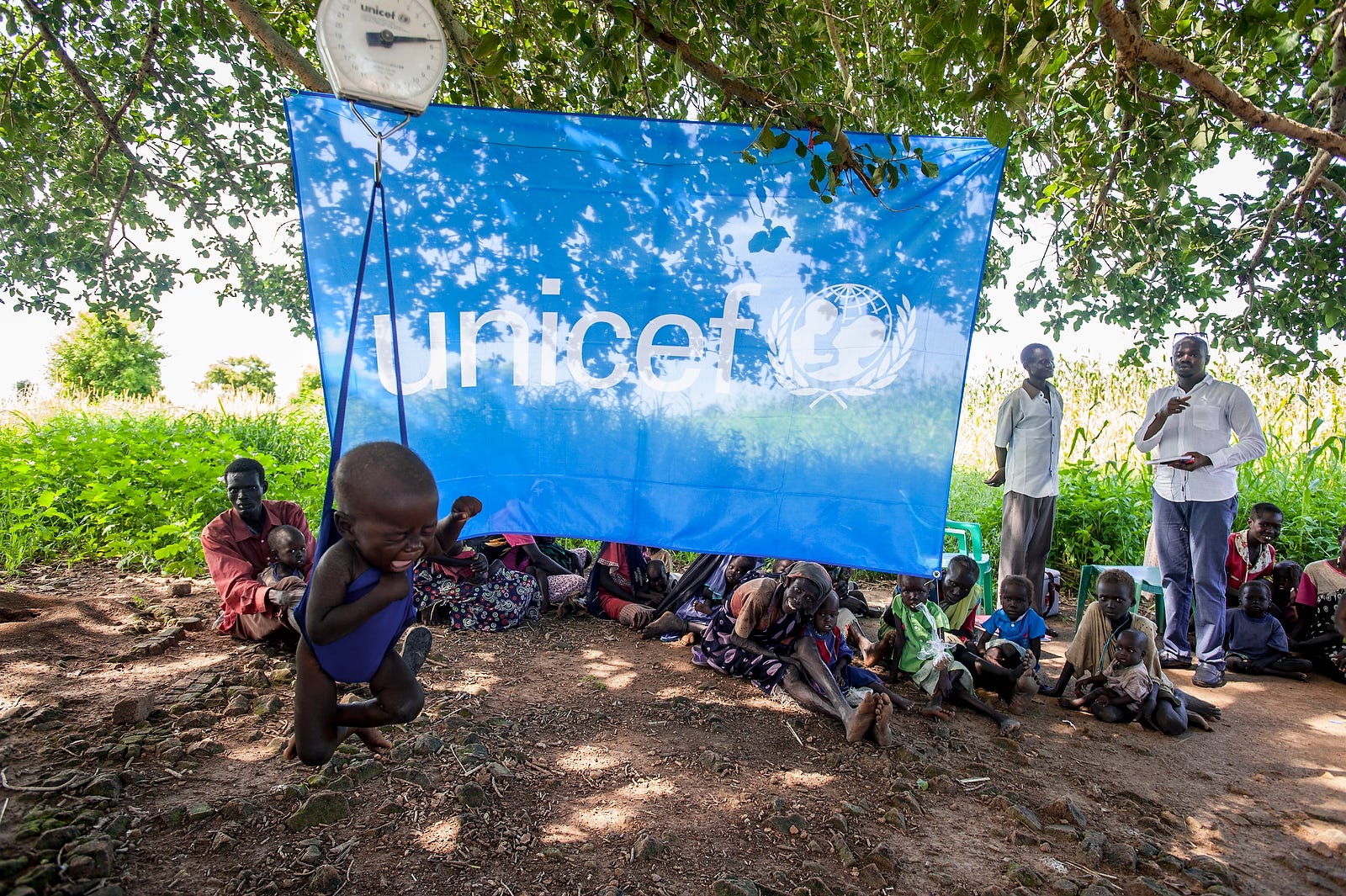
Greater Northern Bahr el Ghazal is one of the worst hit states by hunger with 72% of the population being food insecure. More than 25,000 children here suffer from severe acute malnutrition. At the UNICEF treatment center, children are weighed, screened & treated for malnutrition.
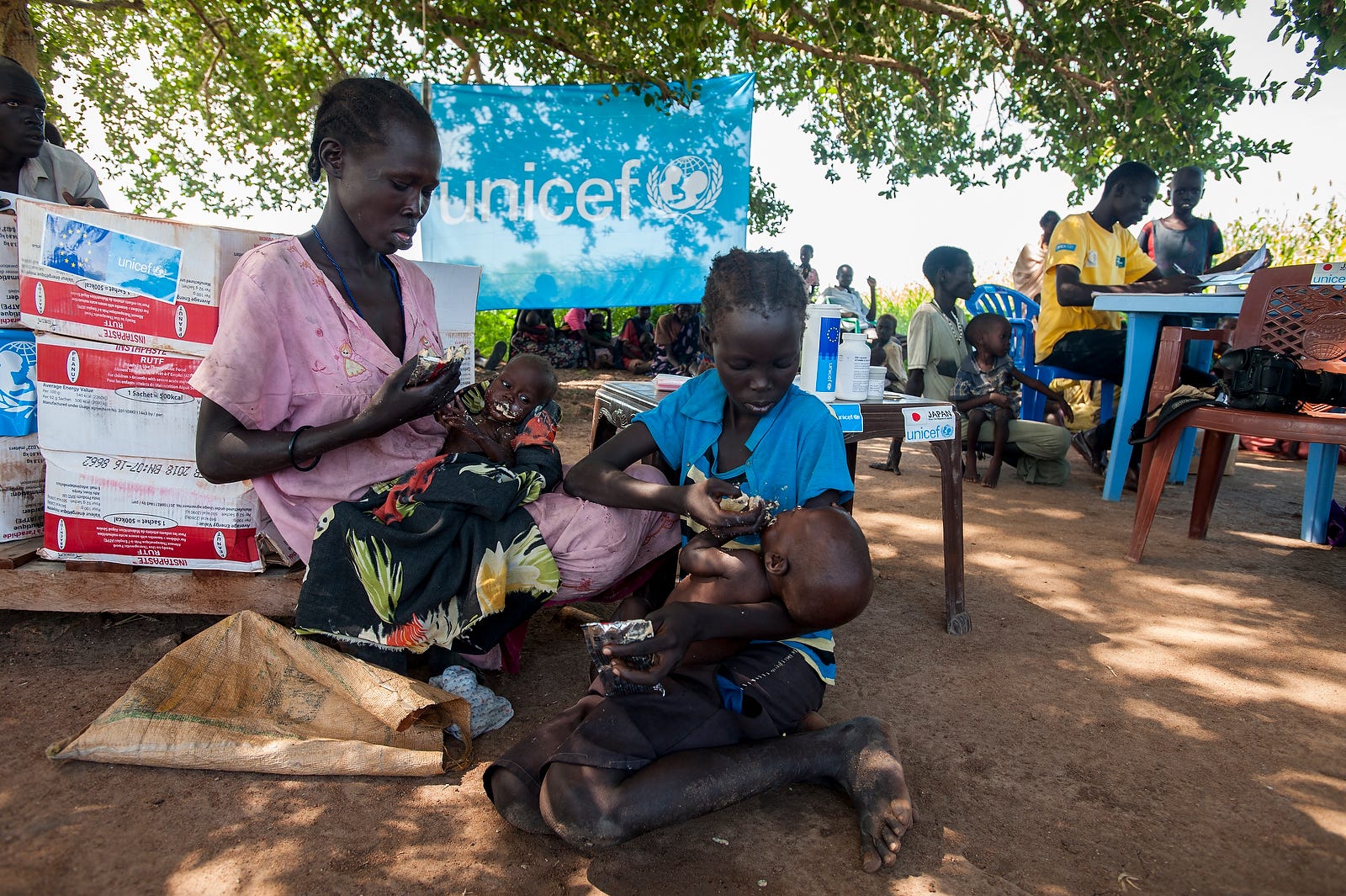
Athill, 28, brought her twins to the site for treatment of severe malnutrition. At eight months, they weigh the same as newborn babies with the boy weighing just four kilograms and the girl a little over three.
“The twins receive a ration of therapeutic food once every week,” said Athill.
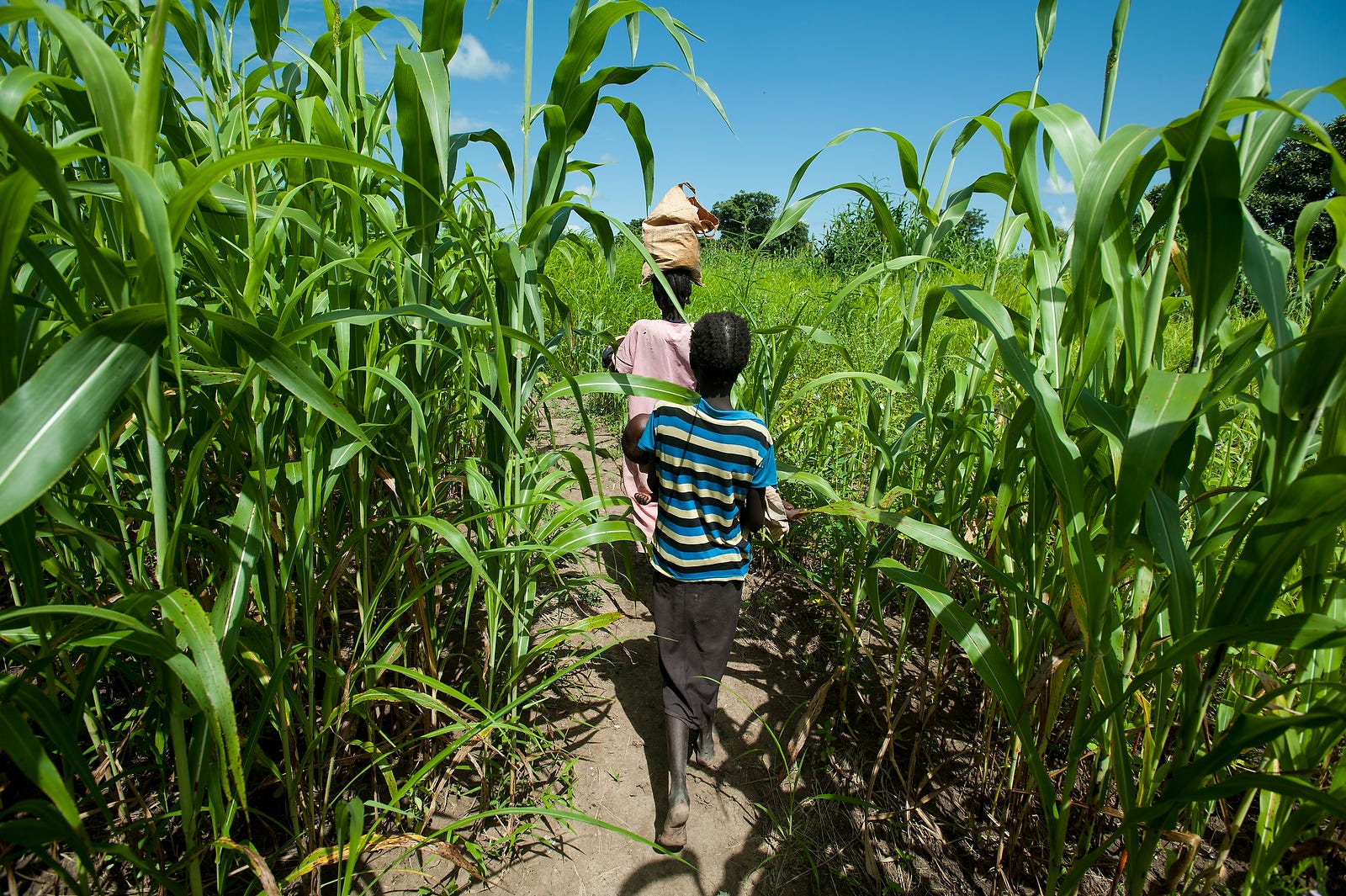
Four out of six of Athill’s children are enrolled in the UNICEF nutrition programme. She walks about four kilometers to and from her house to the clinic twice a week to collect therapeutic food for her children to recover.
“We don’t have food, that’s why my children are sick,” she said.
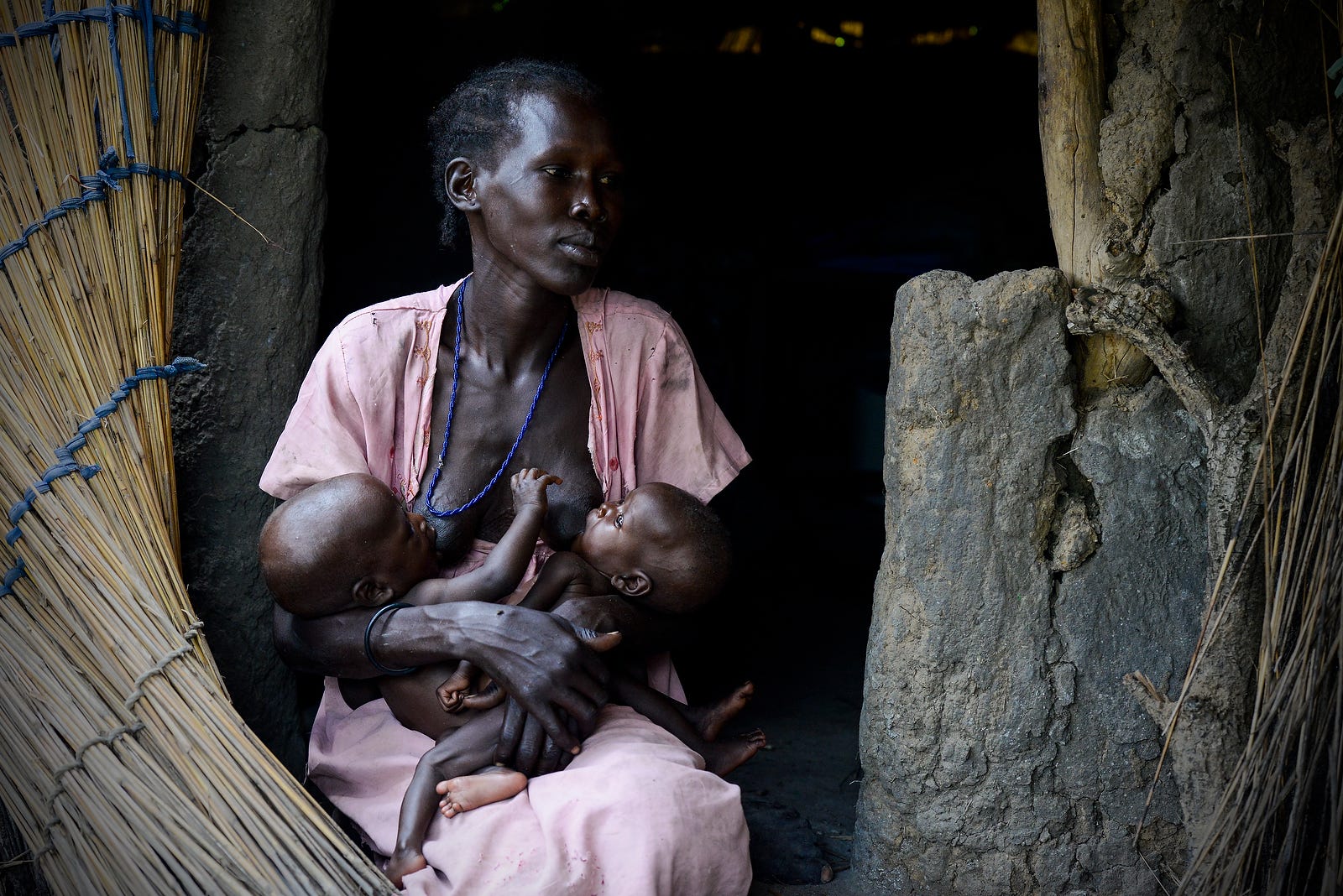
“I live here with my six children, husband and mother,” said Athill as she pointed to a hut made from mud and straw that was on the verge of collapsing. “We moved from our original village because of a lack of food but now we are hungry here as well,” she said.
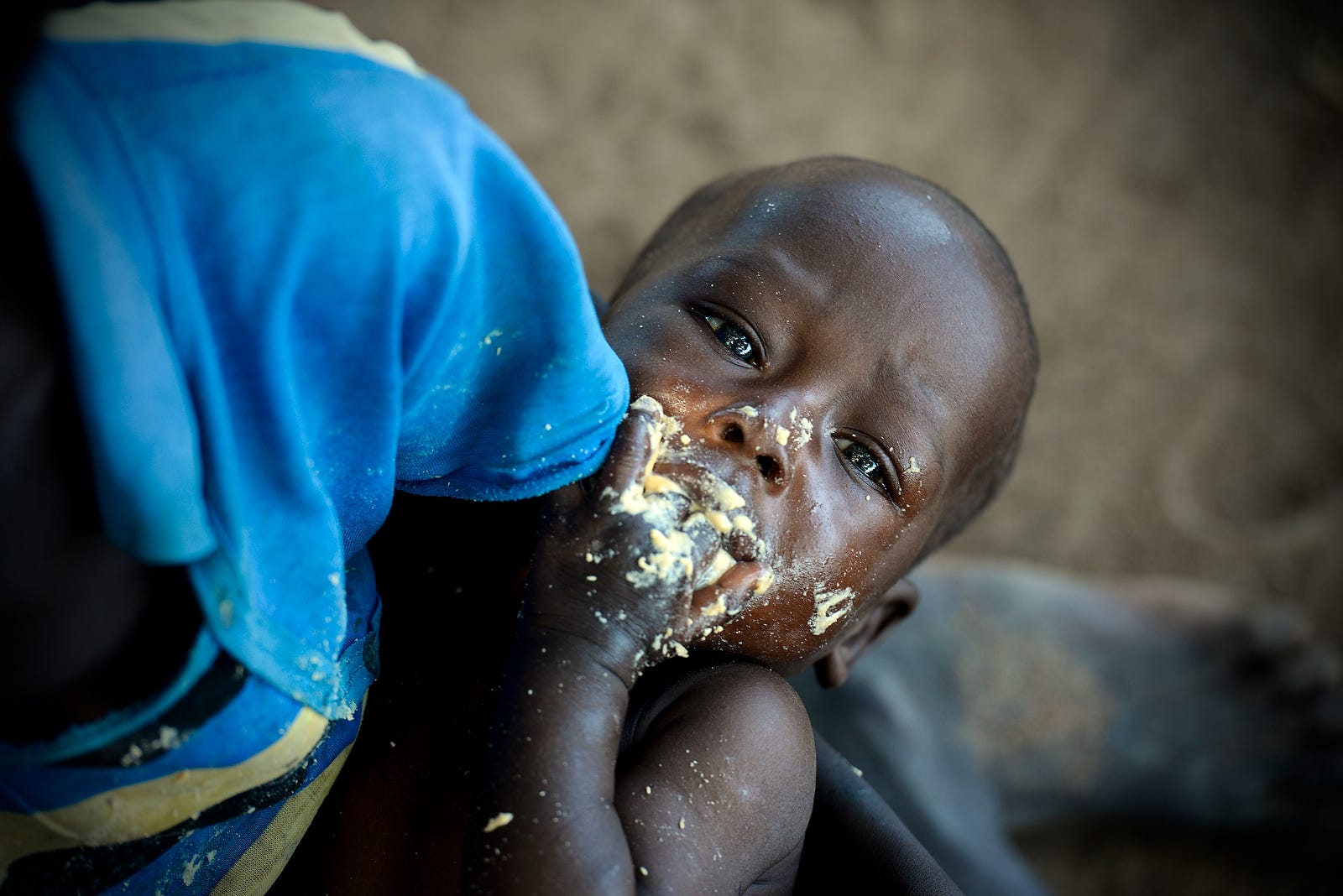
One of Athill’s eight month old twins eats a ready to eat therapeutic food which is a high-calorie peanut-based paste given to children with severe acute malnutrition. A child with severe acute malnutrition is at nine times greater risk of death from disease than a child who is not.
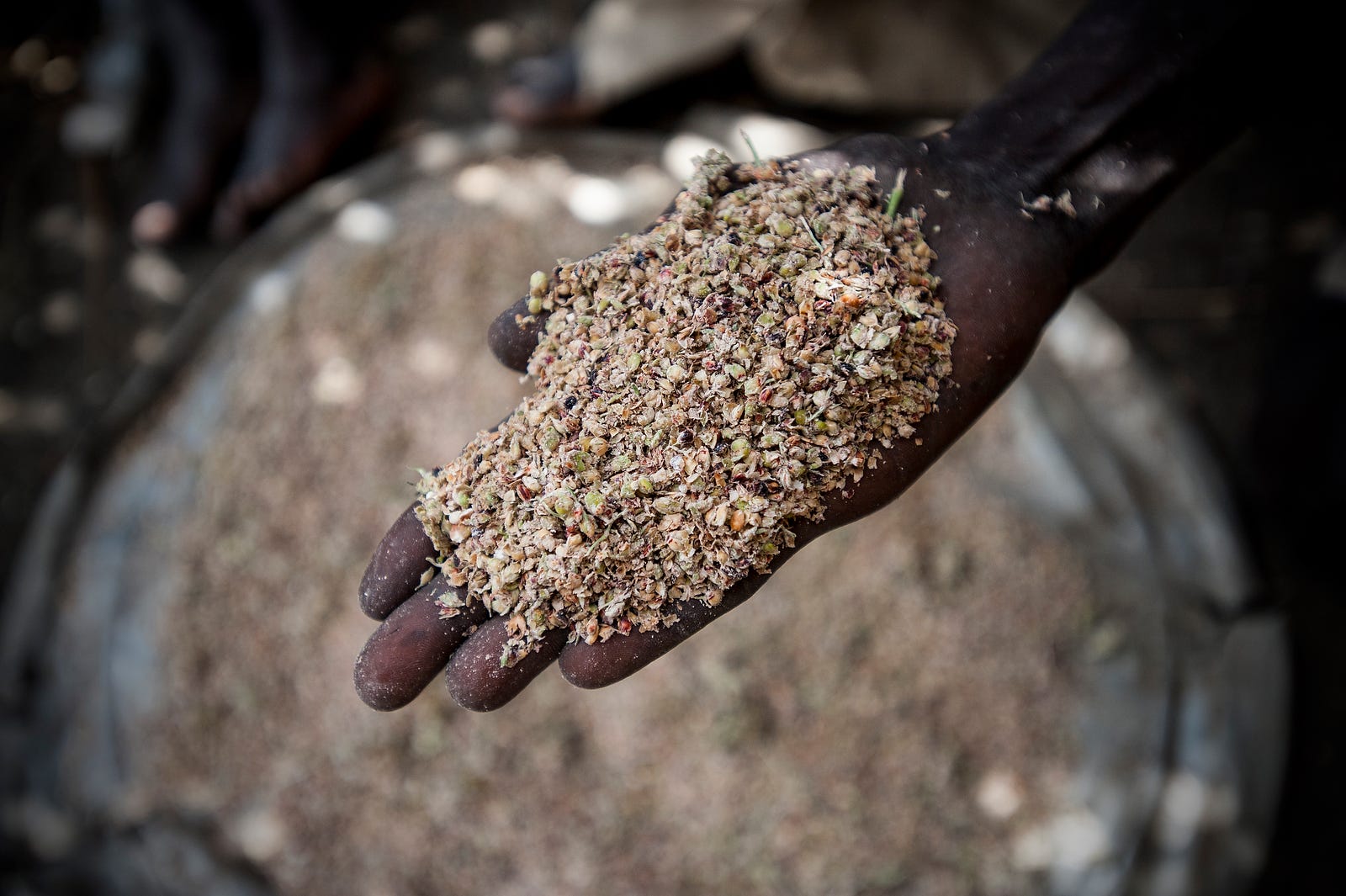
Athill hold grass seeds which she says the family has been surviving on. The seeds have barely any nutritional value. “Most times we stay hungry or have one meal of grass seeds a day because we can’t afford to buy anything,” she said.
“Most times we stay hungry or have one meal a day of grass seeds because we can’t afford to buy anything,“ she said.
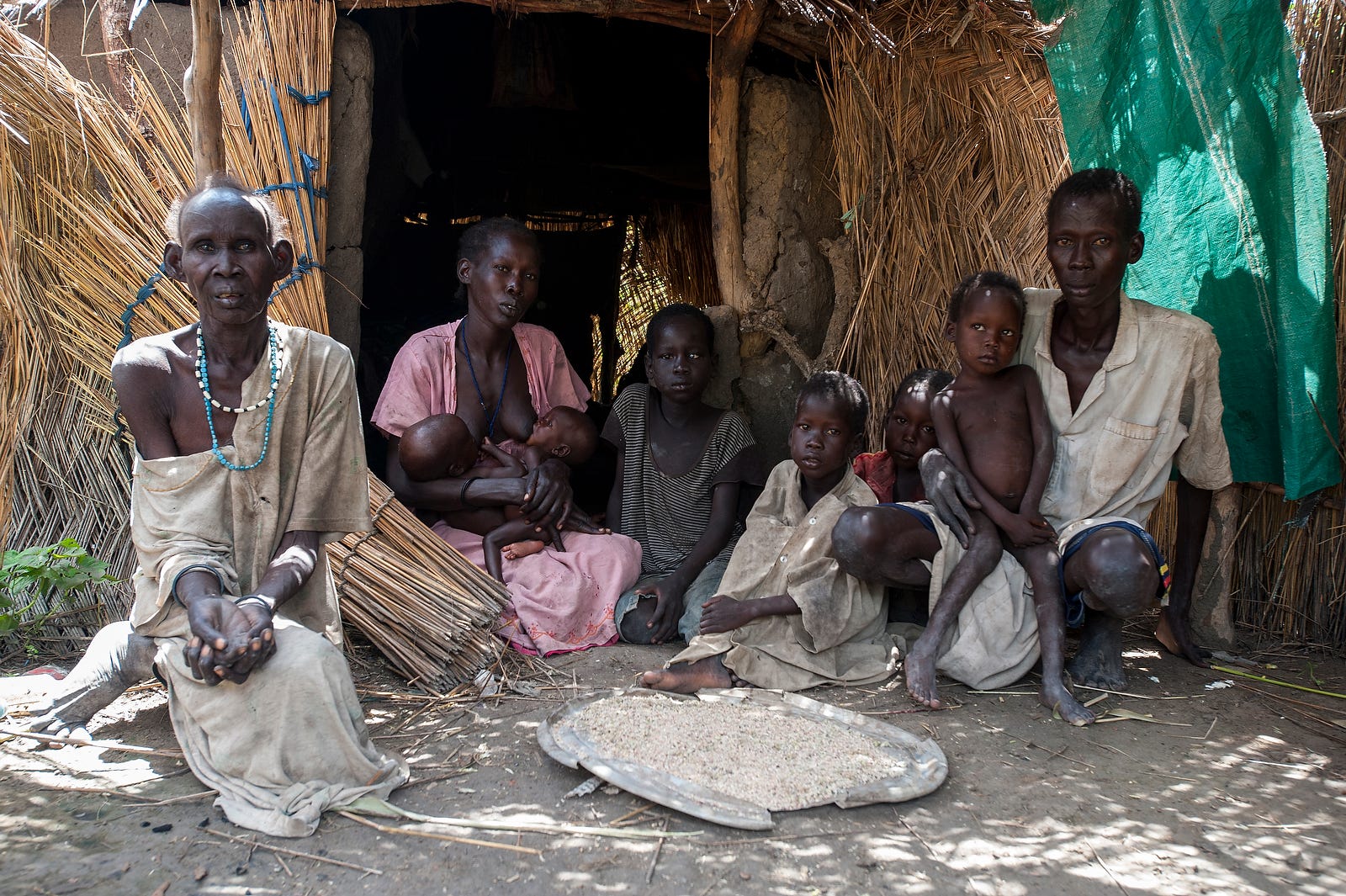
“I try and get work in the local market to buy food but there just isn’t any,” says Athill’s husband, Dim. “I am afraid all the time that if we have no rain soon there won’t be any grass seeds left to feed the family and we will go hungry all over again.”
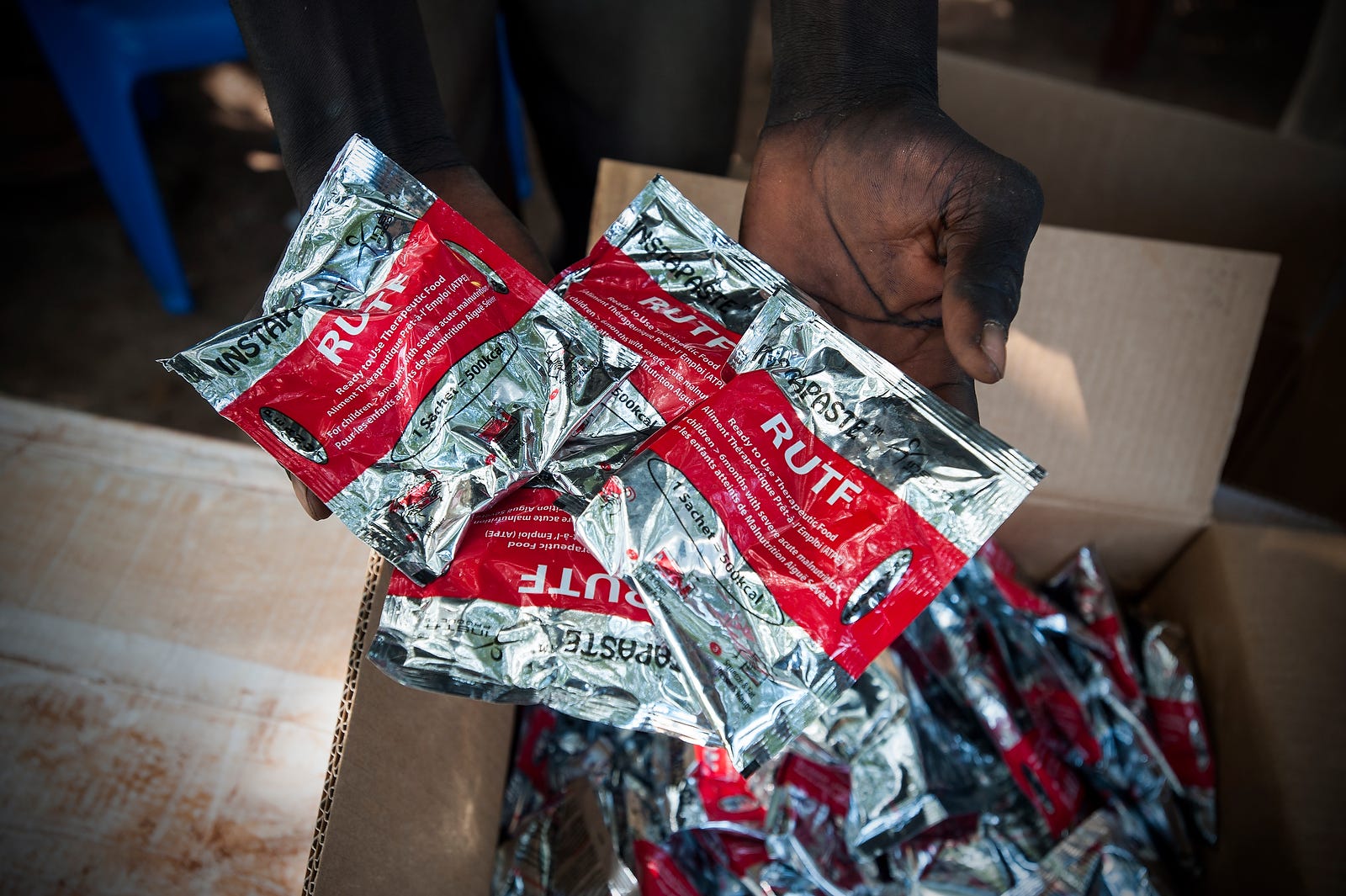
With support from our donors OFDA, ECHO and DFID, UNICEF has treated over 150,000 children suffering from severe acute malnutrition in South Sudan since January 2016. UNICEF also supports the training of health workers to identify, treat and manage cases of severe malnutrition.
Read also:
‘Establishment of Hybrid Court for Atrocities in South Sudan Urgent’
Possibility of Genocide in South Sudan Is ‘All Too Real’ – Ban Ki-moon
Number of Children Recruited into South Sudanese Conflict Passes 17,000 – UNICEF
South Sudan: Hundreds of Children Recruited into Armed Groups
South Sudan: ‘Catastrophic’ Food Insecurity, More So for Children
South Sudan Exodus: 900,000 Refugees in 2,5 Years
South Sudan – ‘Unspeakable Acts’ of Abuse, Sexual Violence, Gang Rape of Women, Young Girls
Over 26,000 People Flee South Sudan; Influx Sets Single-Day Record
South Sudan: Lives Uprooted, Families Torn Apart
Over 1 in 3 South Sudanese To Face ‘Severe Food Shortages’
‘Searing’ Account of Killings, Rapes by South Sudanese Forces
2016 Human Wrongs Watch
Source: https://human-wrongs-watch.net/2016/12/18/s-sudan-4-in-10-are-food-insecure-360000-children-severely-malnourished/


